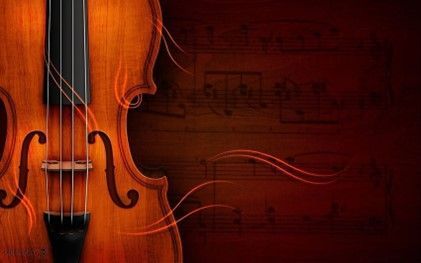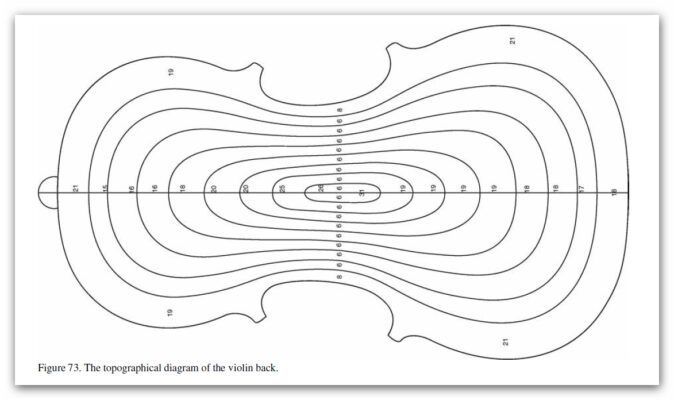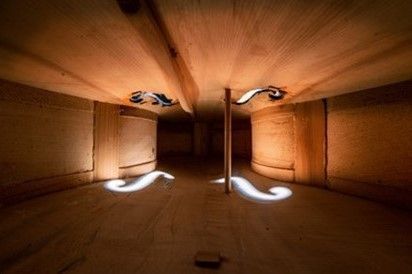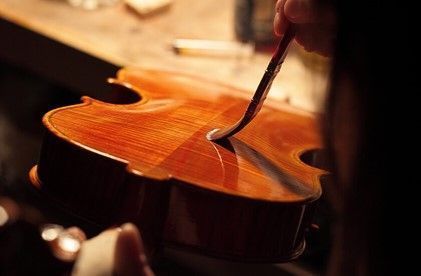Setup and Adjustment for Optimal Sound
Violin setup and adjustment are crucial steps in optimizing the instrument’s sound quality, playability, and overall performance. A well-executed setup ensures that the instrument is adjusted to its optimal configuration, allowing it to produce its best possible sound. Here’s a deeper exploration:
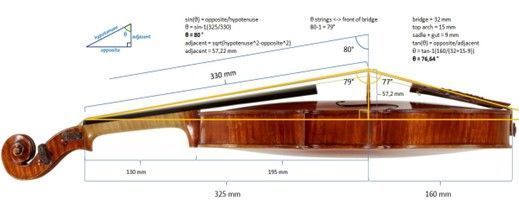
Bridge
The bridge is one of the key components that require careful setup and adjustment. It serves as a support for the strings and transmits their vibrations to the soundboard. Proper bridge setup involves:
- Positioning: The bridge should be aligned accurately, ensuring that it is centered between the f-holes and perpendicular to the instrument’s top. This alignment allows for optimal transmission of vibrations and even string response.
- Height and Curve: The bridge’s height determines the instrument’s playability and tonal characteristics. The height is adjusted to create the appropriate string clearance, allowing for comfortable playing without excessive buzzing. The bridge’s curve, known as the bridge radius, should match the curvature of the fingerboard to ensure even string contact and accurate intonation.
Nut
The nut, located at the top of the fingerboard, plays a role in string height, spacing, and alignment. It should be properly shaped and adjusted to ensure correct string spacing, minimal buzzing, and smooth transitions between open strings and the fingered notes.
Tailpiece and Tailgut
The tailpiece and tailgut affect the instrument’s overall balance, string tension, and resonance. Proper setup involves:
- Tailpiece Selection: Different tailpiece materials, such as wood, plastic, or composite, can influence the instrument’s sound characteristics. The choice of tailpiece should consider tonal preferences and the instrument’s specific needs.
- Tailgut Adjustment: The tailgut, which connects the tailpiece to the endpin, should be properly adjusted to provide adequate string tension and balance. It should allow the strings to vibrate freely while maintaining proper alignment and stability.
Soundpost
- The soundpost, as discussed earlier, is a critical component that influences the instrument’s tonal response and balance. Proper soundpost adjustment involves:
- Positioning: The soundpost should be carefully positioned to maintain the ideal balance between the top and back plates. The placement is adjusted to optimize the instrument’s tonal response, projection, and evenness across different registers. The soundpost should be in firm contact with both plates, exerting sufficient pressure without hindering their vibrations.
Strings
The choice of strings significantly impacts the instrument’s sound quality and playability. Selecting the appropriate strings that complement the instrument’s tonal characteristics and the musician’s playing style is essential for achieving optimal sound.
Fingerboard
The fingerboard is responsible for precise intonation and facilitates accurate fingering. Proper fingerboard setup involves:
- Planing and Alignment: The fingerboard should be carefully planed to achieve a consistent curve and ensure a uniform string height along its length. It should be properly aligned with the bridge and nut, allowing for accurate intonation and easy string action.
Professional violin makers and luthiers have the expertise to carefully assess each instrument’s unique characteristics and make adjustments accordingly. They consider the interplay to achieve optimal sound, response, and playability. It’s important to consult a qualified professional for violin setup and adjustment to ensure that the instrument reaches its full sonic potential.

